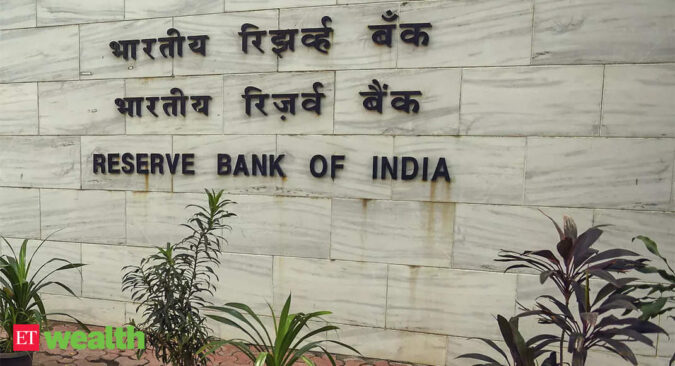Before the announcement, I thought there would be no rate hike, but I was among the minority in the market.
It is important to understand here that the RBI has paused the rate hike and has in no way communicated a scenario of continued accommodation.
The impact of rate hikes is usually seen with a lag, and it is important to observe whether the past rate hikes have had their effect. A rate pause allows the RBI to see how the inflation trajectory is going down because of past rate hikes. Credit activity has also been slowing down. It is in this background that the RBI decided on a rate pause.
Further, dramatic interest rate increases have caused significant financial stability risks across the world, as is evident from some of the recent regional bank collapses in the US, the Credit Suisse takeover by UBS and the fault lines seen in some of the leading European Banks. While the Indian banking system is robust from a capital and liquidity standpoint, it was imperative for the RBI to take a pause and re-assess the inherent financial stability risk as a matter of prudence.
In my view, the above two reasons were some of the significant reasons for an absence of rate hike in this bi-monthly MPC meet. I believe that the interest rate hikes have not yet ended and the RBI has in its arsenal another 50 basis points of rate hikes. Here are three justifications for my thought process:
1) Global Interest Rate Increases – With the interest rates increasing globally, there will be continued pressure on the domestic currency, possibly resulting in imported inflation. While the RBI does have adequate foreign exchange reserves to intervene in the market, regular intervention is not prudent and is against the free market principles. Hence, the RBI would need to use the interest rate as a tool to keep the exchange rate within a certain band.
2) Infrastructure Outlays – With the government focus on large infrastructure spending, the demand for money within the ecosystem will be consistently high. The interest rates would have to be elevated to manage the increased demand. As a result, we expect the interest rates on the long end of the curve to be elevated.
3) Slowbalisation (a term that I borrow from the newspaper The Economist) – Globalisation is not a reality anymore. The world is moving towards regionalisation, primarily because of geopolitical tensions in the form of the Ukrainian conflict and the Sino-American rivalry. These put the world in different camps. With this, there will be market inefficiencies because of sub-optimal supply chains, which will result in elevated inflation globally.
Some of the implications that I additionally see from an India standpoint are:
1) Move towards greater capital account convertibility – Initiatives around GIFT City and liberalisation in the domestic tariff area will ensure a continuous flow of foreign currency in the country. This will help us build reserves, which could help the RBI to keep exchange rate within a certain band. This will help avoid imported inflation.
2) Increased focus on stressed testing – Given the recent banking crises seen globally, we expect the Indian banking regulator to focus on stress testing with more stringent scenarios.
3) Continuous focus on liquidity – The RBI would continue to monitor the liquidity situation more closely to ensure that systemic liquidity is always adequate, and to avoid fire sales of assets that tend to have contagion effects within the financial ecosystem.
While some may say that I paint a glum picture, I would like to say that it is better to be prepared for the worst-case scenario; only then can you be geared towards achieving reasonably good outcomes. I believe the RBI operates with this principle and am sure that the country will be a beacon of growth in an otherwise somber world.
(The writer is Partner and Leader, Financial Services Risk, Grant Thornton Bharat)
